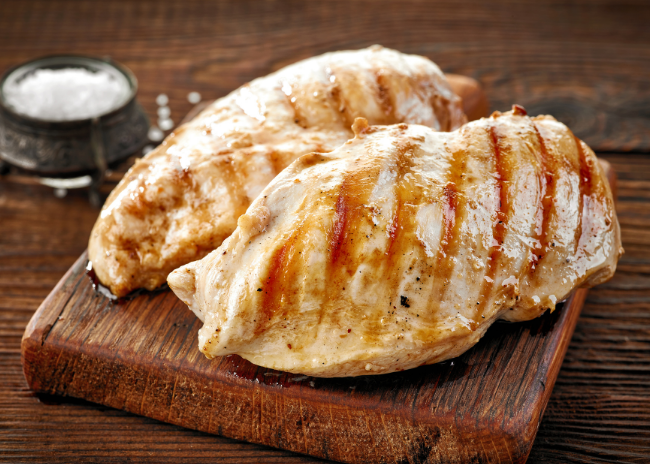Braising pans come in various types and sizes, so knowing as many details on use ahead of time plays a key role in specifying the correct unit.
To ensure the unit meets volume requirements and space limitations, operators need to assess the menu and make sure the unit can accommodate larger items.
Braising pans should be located near a faucet that provides both hot and cold water for cooking and cleaning.
Operators can choose between lids that completely remove or types that are hinged. Lids that release moisture like vents also are available. Temperature sensors and timers provide easier product monitoring.
It’s important to assess the unit’s size to make sure that it can be accommodated in the designated kitchen space and that the ventilation hood length is sufficient. Operators also need to confirm that the unit will fit through the kitchen’s hallways and doors for delivery and installation purposes.
In terms of usage, accessibility to the braising pan contents is a factor. A 2-inch tangent draw can make it easier to drain braising pan contents into other containers.
Stability of the braising pan is another consideration for safe use, and flanged feet secured at the rear can help keep the unit from tipping.
Operators should make sure the appropriate power source, either gas or electric, is available. Braising pans may require natural or propane gas, and electric models need the correct voltage and power accessible for electric units’ amp draw.
When specifying a braising pan, know where the drain access will be. In cases where there is no drain by the pour path, a sink drain or hose attachment will work to facilitate easier filling and cleaning.
When building conditions allow, install floor troughs so standing water and other products don’t present a slipping hazard.




